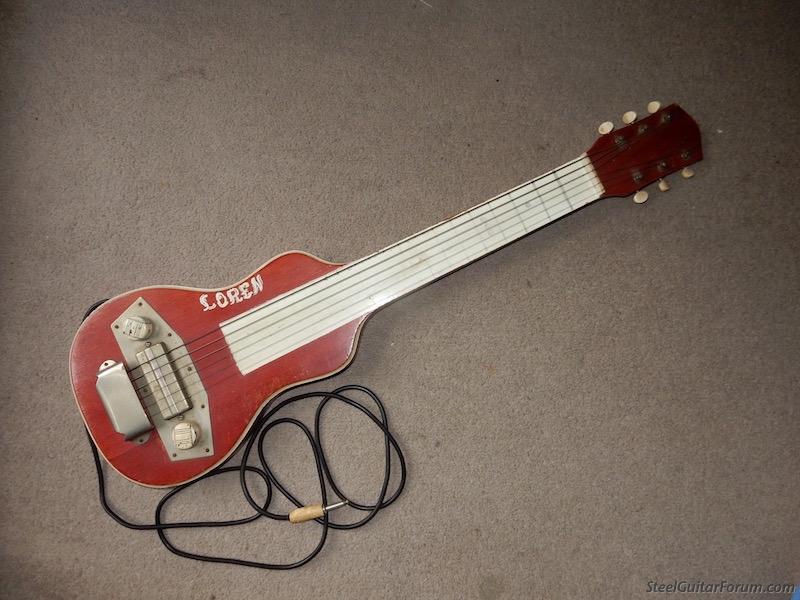Emmons Pedal Steel Guitar Serial Numbers
Nov 9, 2010 - Re: ZB Pedal Steel. By SarnoMusicSolutions. Wed Nov 10, 2010 2:25 am. Just learned that Jerry's ZB steel (Bakersfield serial # 0009) was made in '69 in Bakersfield, CA, but still had the older Scranton, Ark. Style decal on it. I guess mine was built a few months before his and maybe 25 or 30 guitars earlier. Changer (push-pull). Steel guitar manufacturers basically have stopped manufacturing the Push-Pull changer mechanism (a few builders still make this mechanism). Push-pull guitars were noted for their tone. The push-pull mechanism handled relatively simple setups well. More complicated, modern copedants and.

Uncharted 2 Pc Download Completo En more. From: Upstate SC. Posted 31 Dec 2010 11:18 pm George, the Legrande seres are simply numbered. As a general rule. The higher number you have the later year model it is. However, bodies that where built with less popular colors sometimes sat on shelf for months or even years before the changers and undercarriage where installed.

Your Legrande is likely numbered somewhere between 005 and 386. And your Lashley Legrande is likely from around 387 to 1060. Emmons started with the LII's decals somewhere around 1100. Hope this helps. From: Notown, Vermont, USA Posted 1 Jan 2011 6:47 am Bobby, Thanks for the reply, and you are correct about the numbers,264L for the Legrande and 557L for the Lashley.
I was just wondering if the numbers would indicate body styles and so forth as my Legrand is a 'short' peg head. Why did Emmons change back to a longer peg head as is with the Lashley?
I'm no historian with Emmons what so ever, I do know the earliest models were Push Pulls and conceivably if not so, there was a number '1'. (wonder who has it?) I've heard there is some 'desirability' with the short peg heads? Thanks again, George. Download Wondershare Powersuite Golden 2012 Cracked Screen.
An early triple-neck steel equipped with seven pedals. As the instrument’s technology advanced, builders added knee levers, allowing skilled players to simultaneously use their feet and legs to change string pitch. Pedal Pushers Lap steel players found their ability to shift from chord to chord was limited, and changing from major to minor, or from the I to the IV or V required skittering the bar across the neck. Parallel To Serial Conversion Simulink. Players devised workarounds like angling the bar, using extra strings for extended tunings, and even bending strings behind the bar.
Given these limitations, such players as Leon McAuliffe, Jerry Byrd, Joaquin Murphey, and Herb Remington worked musical miracles, but a more sophisticated solution was needed. To meet this need, in 1939 the steel guitarist, big band leader, television personality, and inventor of the “talking” steel, Alvino Rey, collaborated with a machinist to design an electric steel guitar with pedals.
In 1940, the Gibson Guitar Corporation introduced the Electraharp. The initial instrument had a group of pedals fanning out from its left rear leg, like those on a harp. The pedals and mechanical system made it possible to alter various string pitches—with or without moving the bar—to smoothly transition from chord to chord. Mounted across a rack between the front legs of the instrument, the pedal system we know today was the brainchild of a man familiar to many guitarists: vibrato tailpiece legend Paul Bigsby. Bigsby was soon building these more complex instruments for such top players as Speedy West, Noel Boggs, and Bud Isaacs.
In 1948 West asked Bigsby to build a three-neck, four-pedal model. His first recording with it was Eddie Kirk’s “Candy Kisses” in 1949. West later worked with Ernie Ford and Loretta Lynn, but is best known for the energetic instrumentals he recorded solo and with Telecaster wizard Jimmy Bryant. In 1952, Zane Beck—a steel player and builder who had backed Hank Williams, Jim Reeves, and Webb Pierce—began adding knee levers to console steel guitars. Unlike standard pedals, Beck’s knee levers lowered string pitch rather than raising it.
Comments are closed.